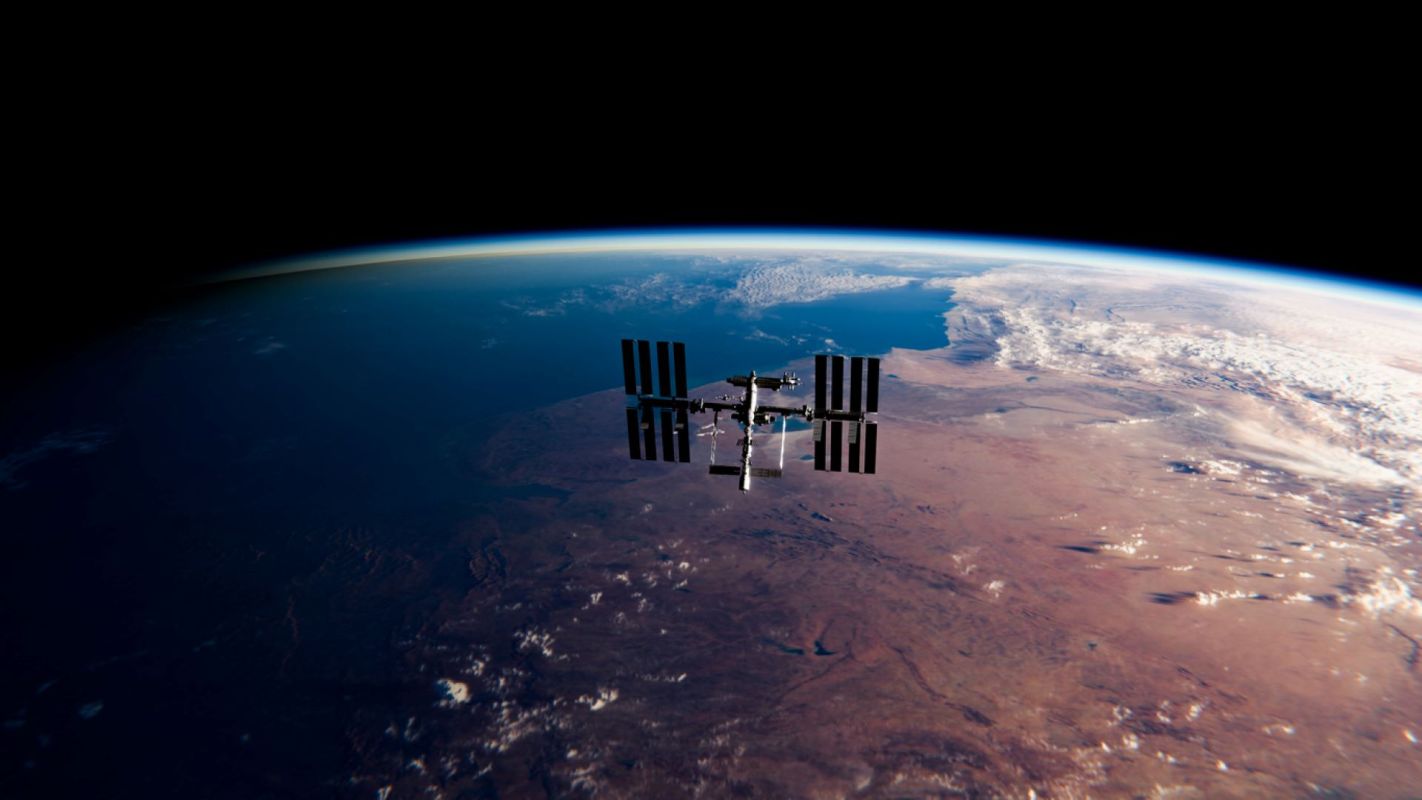Resourceful scientists have been using images taken by Cold War spy satellites from the 1960s as a novel way to monitor the status of trees in Romania's Carpathian Mountains.
As Anthropocene Magazine detailed in 2022, the United States' satellites were used to keep track of potential Soviet Union missile sites during the height of international tensions, delivering around 800,000 black-and-white images.
Cold War spy satellites built to track nukes now help monitor trees: CIA spy satellite photos from the 1960s are now a treasure trove for scientists tracking ecological change, including finding valuable forests hidden in Romania's Carpathian Mountains..https://t.co/QtmTECBHXG pic.twitter.com/uFLWDAChYp
— Anthropocene (@AnthropoceneMag) February 5, 2022
After finding a way to process the images into a digital format using software designed to convert images from modern drones, researchers are now able to examine which forest areas are thriving and which are declining, as well as areas that are particularly high value.
Catalina Munteanu, who is a biogeographer at the University of Freiburg, was the study leader, and said: "If we really want to understand the forest systems, we have to think about the history of those forests and this is an aspect that has been widely neglected so far because data was missing from that period."
The EcoSpy project has received funding from the European Union, and it has found around 2,850 square miles (7,380 square kilometers) of older forests with high ecological value — but also that half of these forests are at risk.
According to the United Nations Environment Programme, forests provide a home for half of the world's species of animals, plants, and insects, making them extremely important for biodiversity.
But with the impact of global heating, deforestation for agriculture, and wood demand for construction and heating, some forests are declining.
When it comes to rising temperatures on Earth, forests play a huge role in mitigating the effect of pollution. They suck in and trap harmful gases that enter the atmosphere from human-related sources, which act like a blanket around the planet and lead to thermometer readings rising across the globe.
They also act as a barrier during flooding events, protecting rural communities from excessive water levels that can lead to untold damage and a threat to life.
This is why keeping track of the status of the world's forests is so important, and it's hoped the satellite images from years gone by can be helpful to monitor other sites all over the planet.
Join our free newsletter for weekly updates on the coolest innovations improving our lives and saving our planet.









